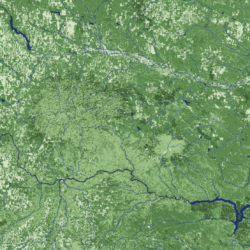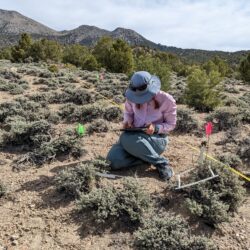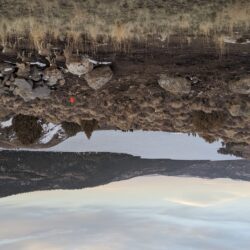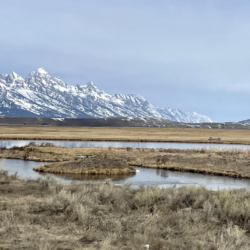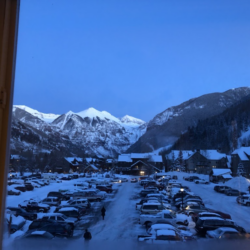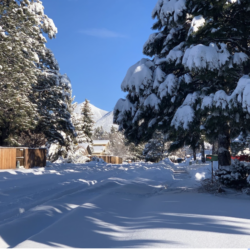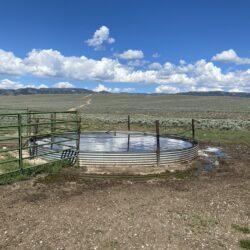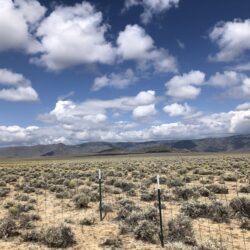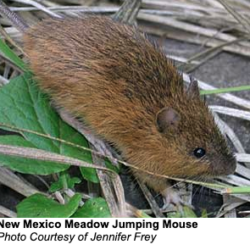Utilizing Geospatial Analysis to Increase Water Availability in the American West—Rowan Sharkey
Being a research assistant with the Ucross High Plains Stewardship Initiative at YSE has afforded me a variety of opportunities to expand my knowledge in the field of mesic restoration in the western United States. Focusing on a region that is highly susceptible to drought events creates an interesting challenge when tracking water availability. The Read more about Utilizing Geospatial Analysis to Increase Water Availability in the American West—Rowan Sharkey[…]

